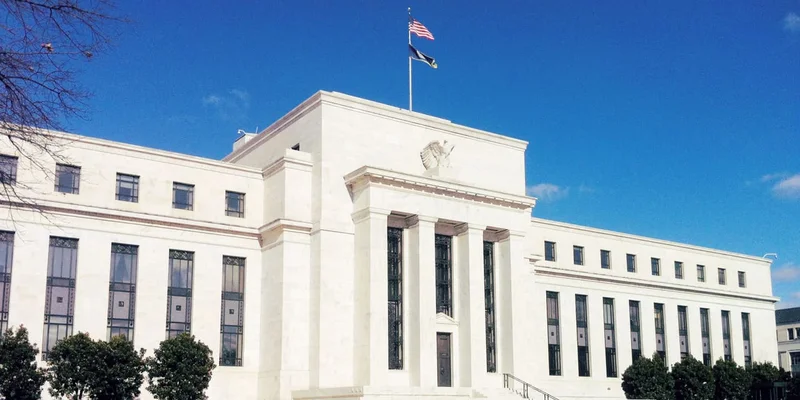Federal Reserve Rate Cut: What Happened and Why Now?
Powell's Rate Cut: A Band-Aid on a Bursting AI Bubble?
The Federal Reserve cut interest rates again this week, a quarter-point nudge that's supposed to goose the economy. The stated aim? To juice economic activity and give the labor market a shot in the arm. But let's be real: is this about Main Street, or is it about Wall Street's AI-fueled party getting a little too wild?
The Fed's Tightrope Walk
The Fed's got a dual mandate: keep unemployment low and inflation even lower. Unemployment's sitting at 4.3% (as of August), which isn't terrible, but job growth has definitely slowed. Meanwhile, inflation, that pesky economic gremlin, ticked up to 3% in September. That's above the Fed's 2% target. So, they're trying to thread a needle here, balancing growth with price stability.
But here's where it gets interesting. GDP estimates have soared to nearly 4%. Stocks are hitting record highs, and Nvidia just became the first company valued at $5 trillion. That's trillion, with a "T." And what's driving this? The artificial intelligence investment boom. It feels a bit like pouring gasoline on a fire, doesn't it?
The market shrugged off the rate cut, stocks ended about flat, and Powell threw cold water on the idea of another cut in December, saying there were "strongly differing views" internally. Investors had been betting on it, but Powell's basically saying, "pump the brakes; it's not a foregone conclusion."
The Shutdown Wild Card
Then there's the government shutdown, which started on October 1st. That's a drag on economic activity, no question. But is it enough to justify another rate cut? I'm not so sure. The Fed acknowledges the slowdown in jobs and the uptick in inflation, but they're also staring down the barrel of a potential AI bubble.

And this is the part of the report that I find genuinely puzzling. Lower interest rates can worsen inflation by increasing overall economic activity. It's Econ 101. It's like loosening the reins on a racehorse when you should be pulling them back.
We also have the tariffs, which, according to Luke Tilley at Wilmington Trust, are the biggest tax increase since the late 1960s. That's a big deal, and it's not something the Fed can fix with a quarter-point rate cut.
Christopher Waller, a Fed governor, said it best on October 16th: "Either economic growth softens to match a soft labor market, or the labor market rebounds to match stronger economic growth." In other words, something's gotta give.
The Data's Murky
It's taking folks about six months to find a new job. Hiring rates have collapsed to levels last seen after the 2008 financial crisis. The August PCE report (Personal Consumption Expenditures) showed a reading north of the 2% inflation goal. So, the labor market's sluggish, inflation's creeping up, and the Fed's response is...another rate cut? Federal Reserve cuts key interest rate for the second time this year - NBC News
Here's my methodological critique: How reliable are these GDP estimates right now? Are they accurately reflecting the impact of the AI boom, or are they lagging indicators? And what about the inflation data? Are we looking at a temporary blip, or is this the start of a longer-term trend? The answers to these questions are crucial, and frankly, I don't think we have them yet.
So, What's the Real Story?
Powell's in a tough spot. He's trying to keep the economy afloat while simultaneously managing the risks of an AI-fueled bubble and a government shutdown. But let's be honest: a quarter-point rate cut isn't going to solve any of these problems. It's a band-aid on a much bigger wound. And I suspect that wound is the growing disconnect between Wall Street's AI frenzy and Main Street's economic realities.
